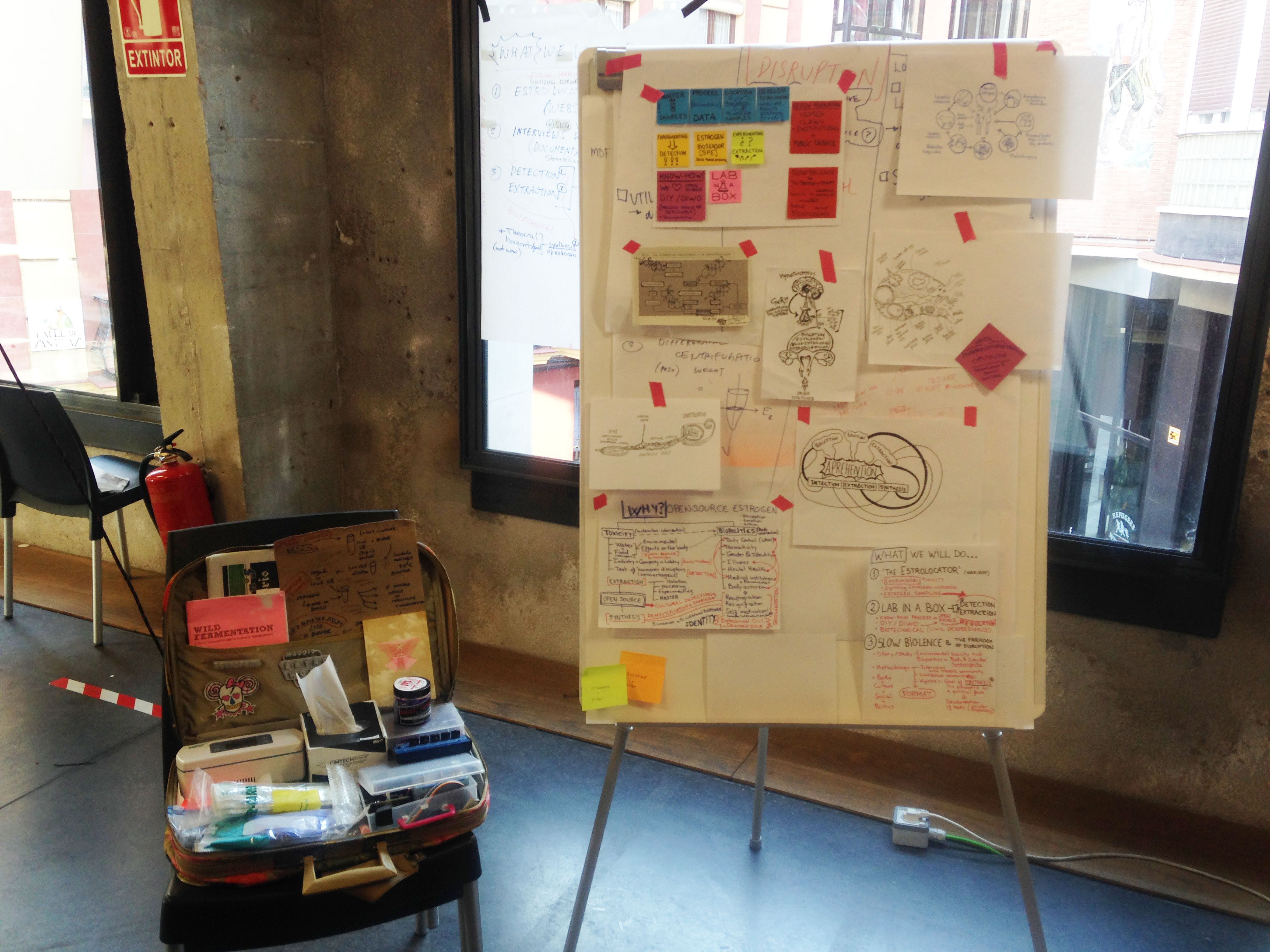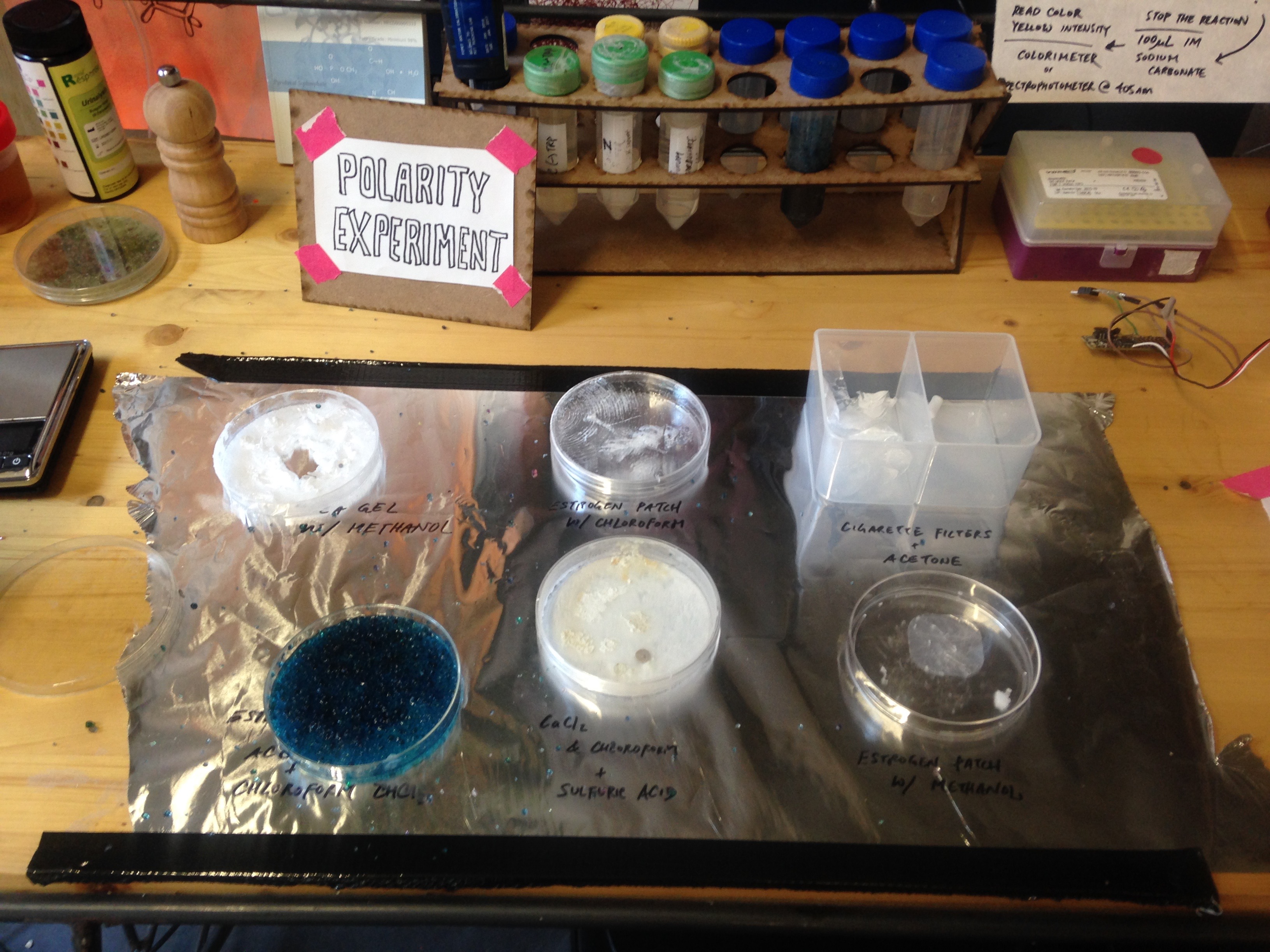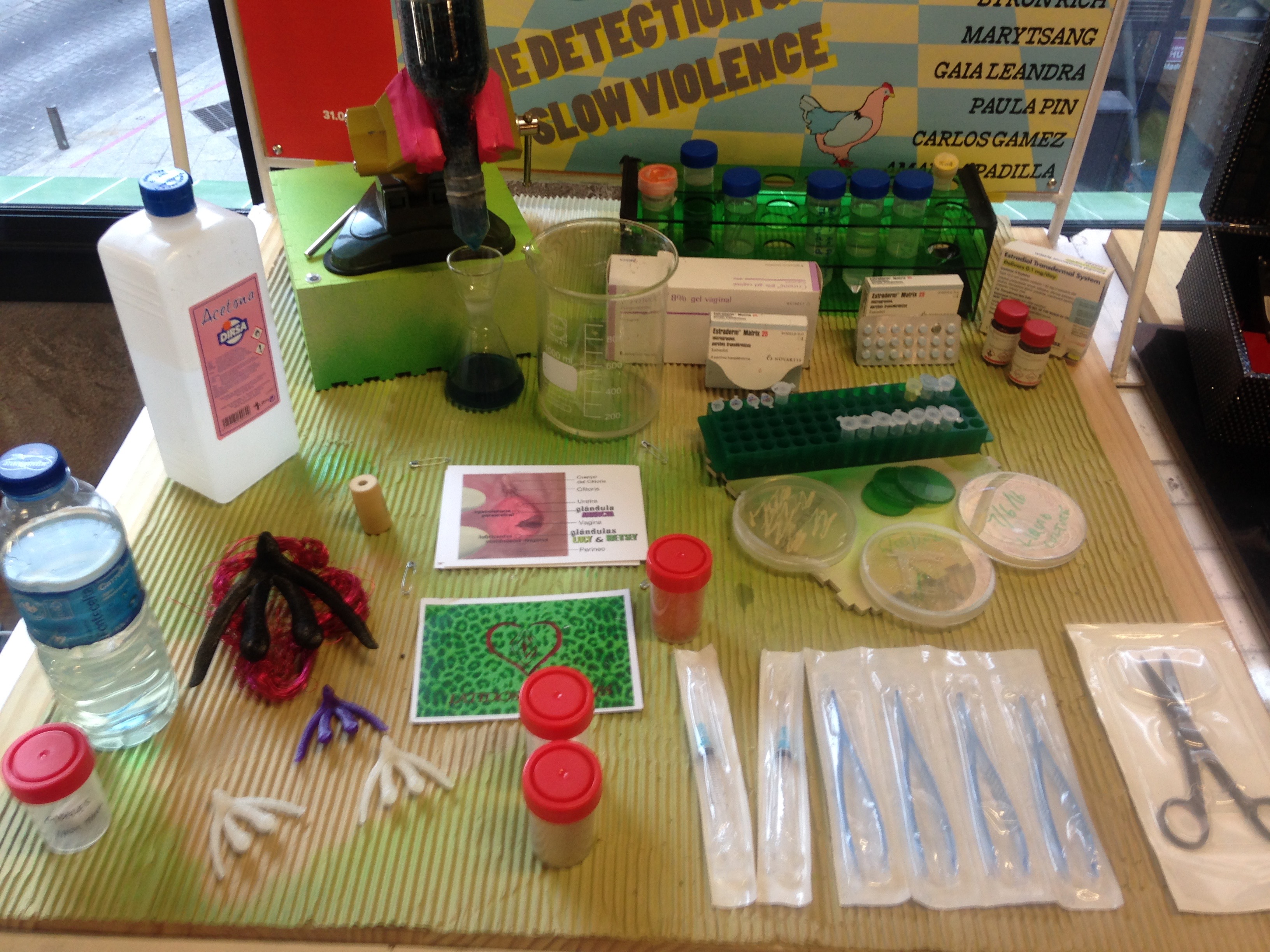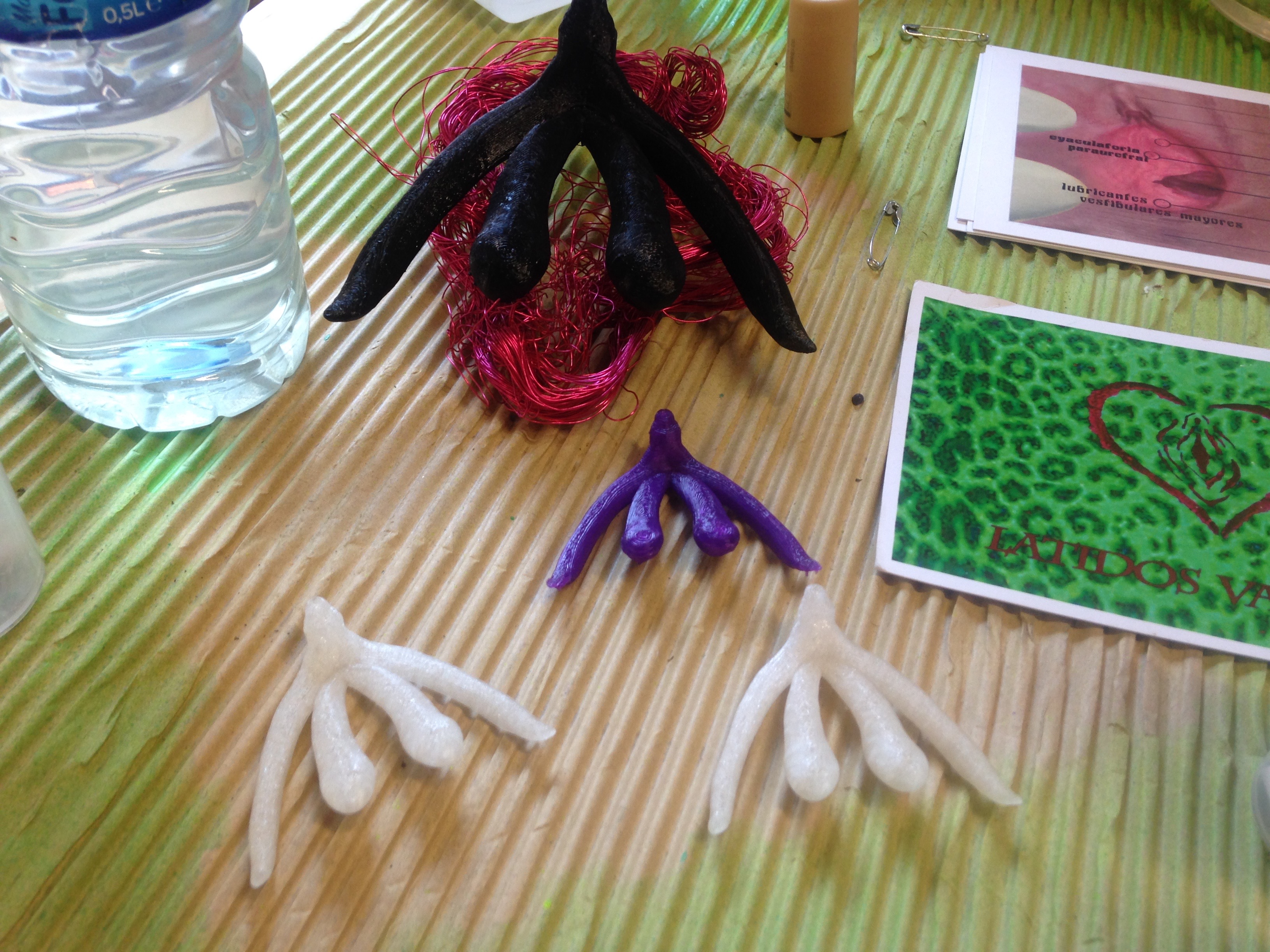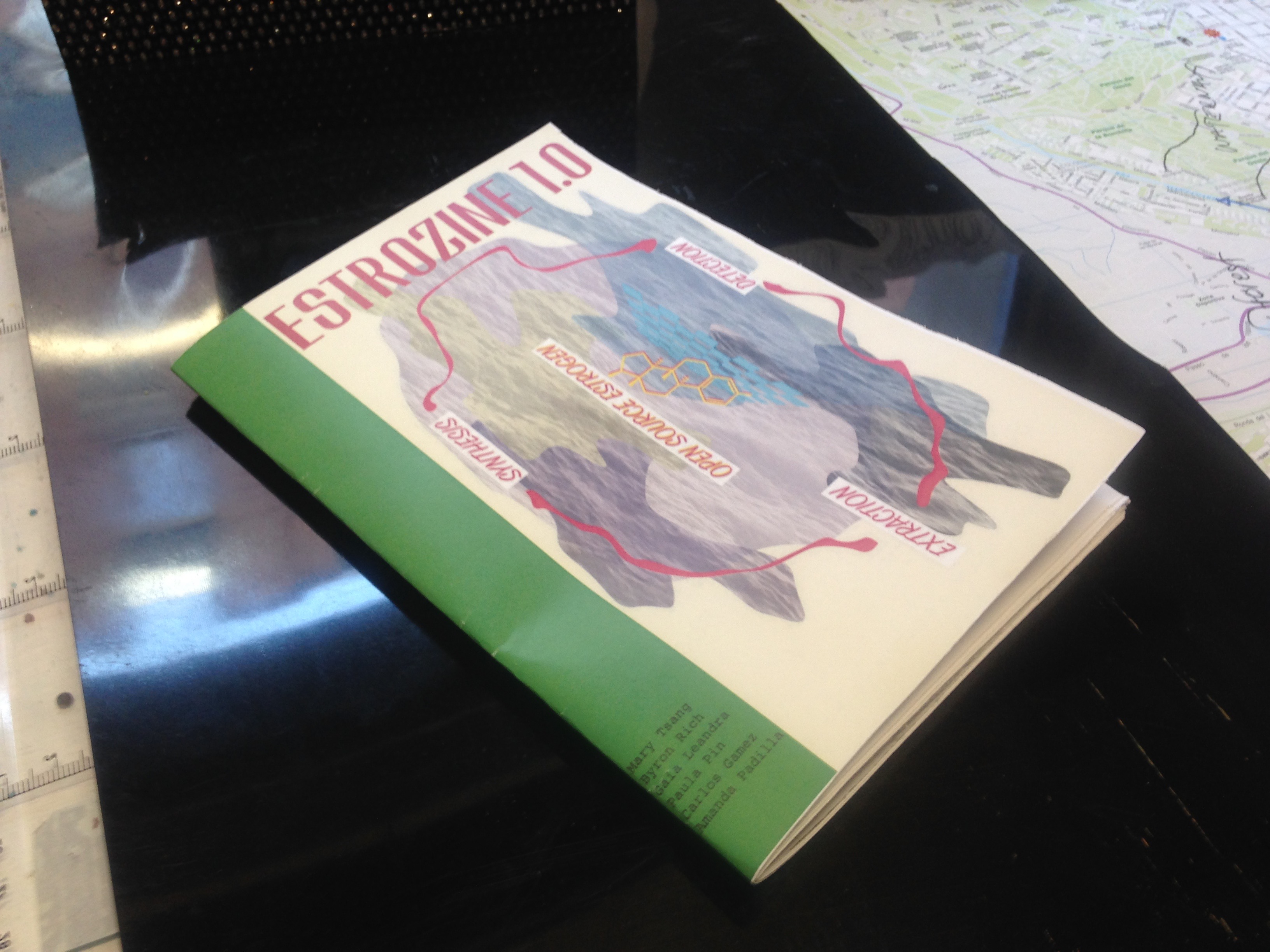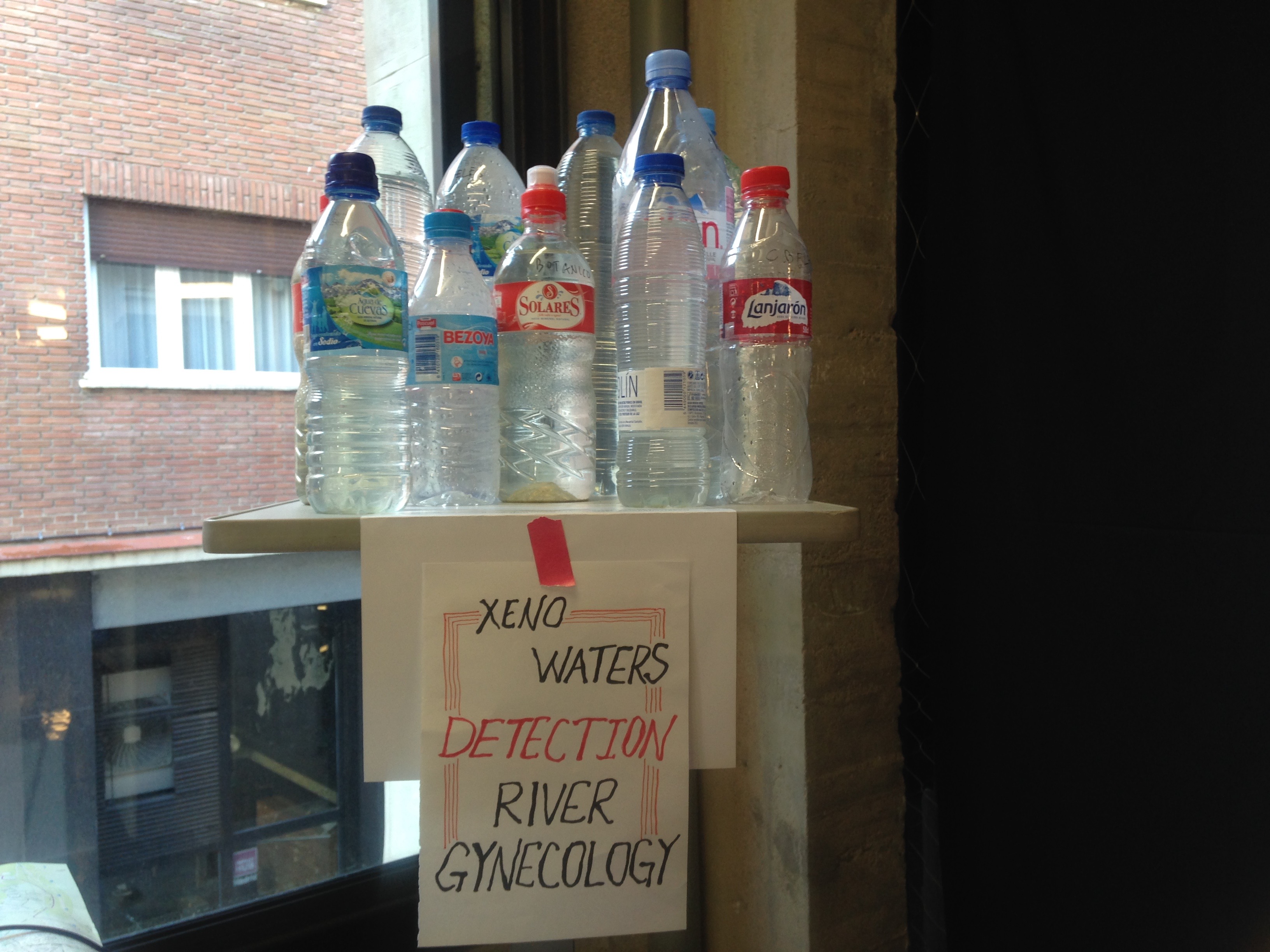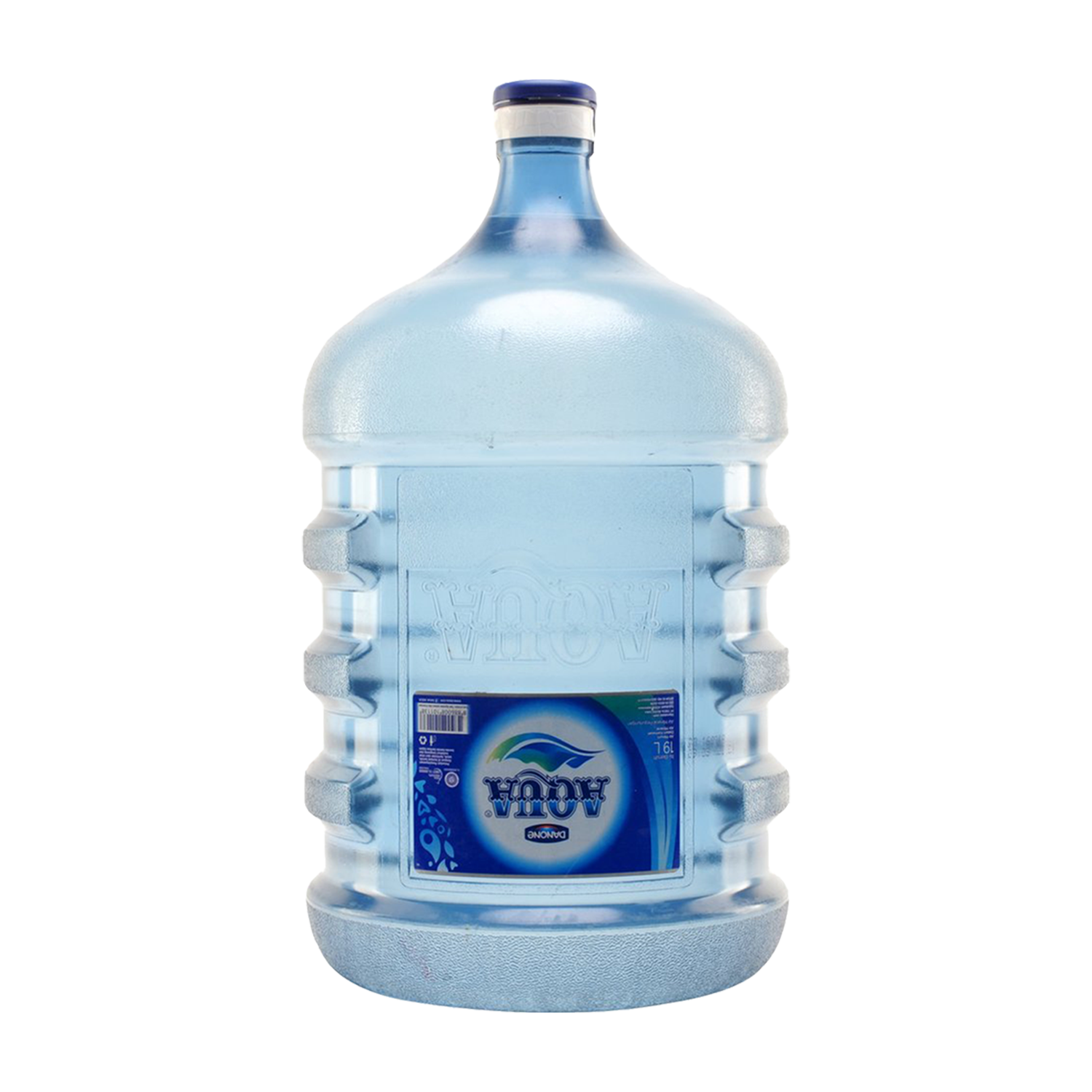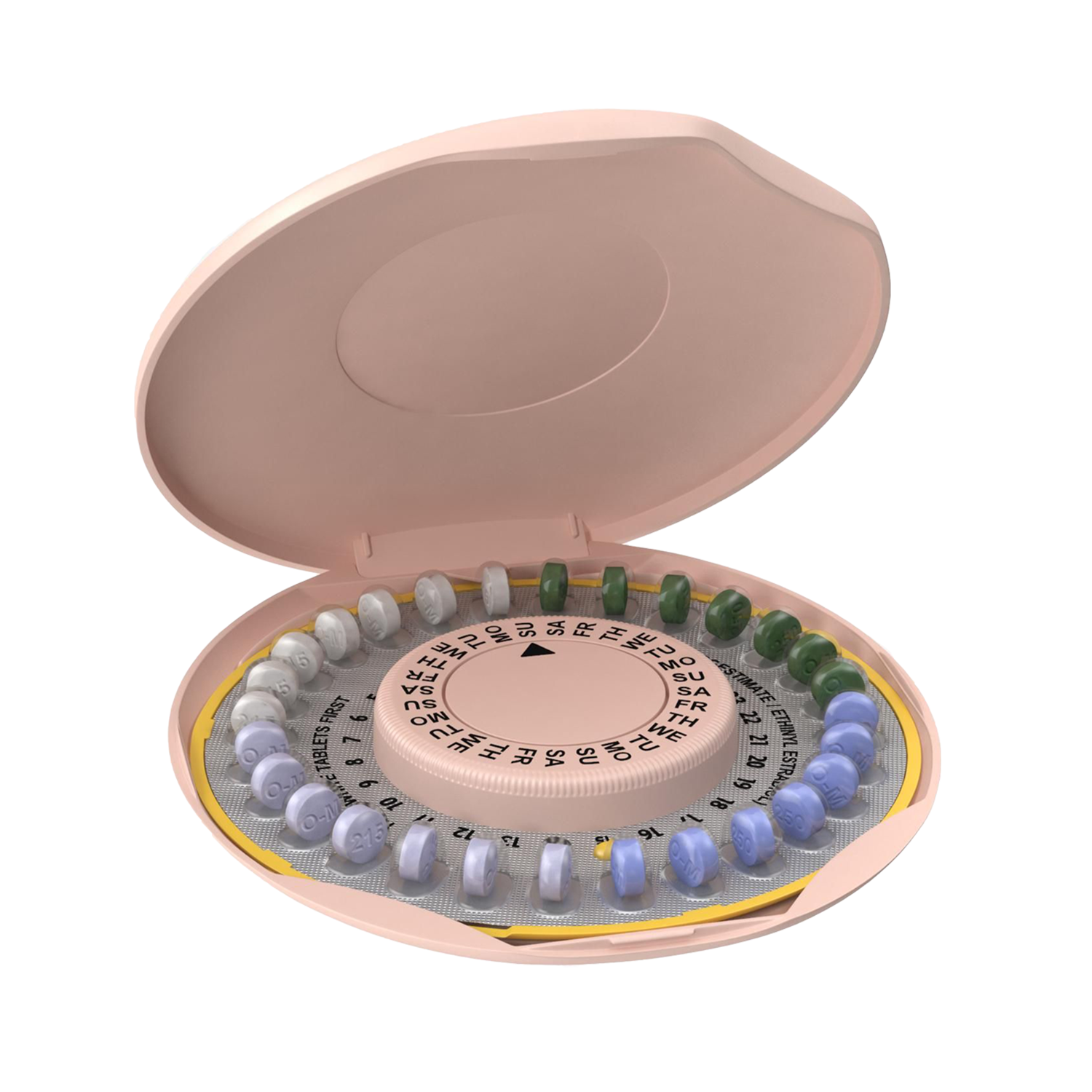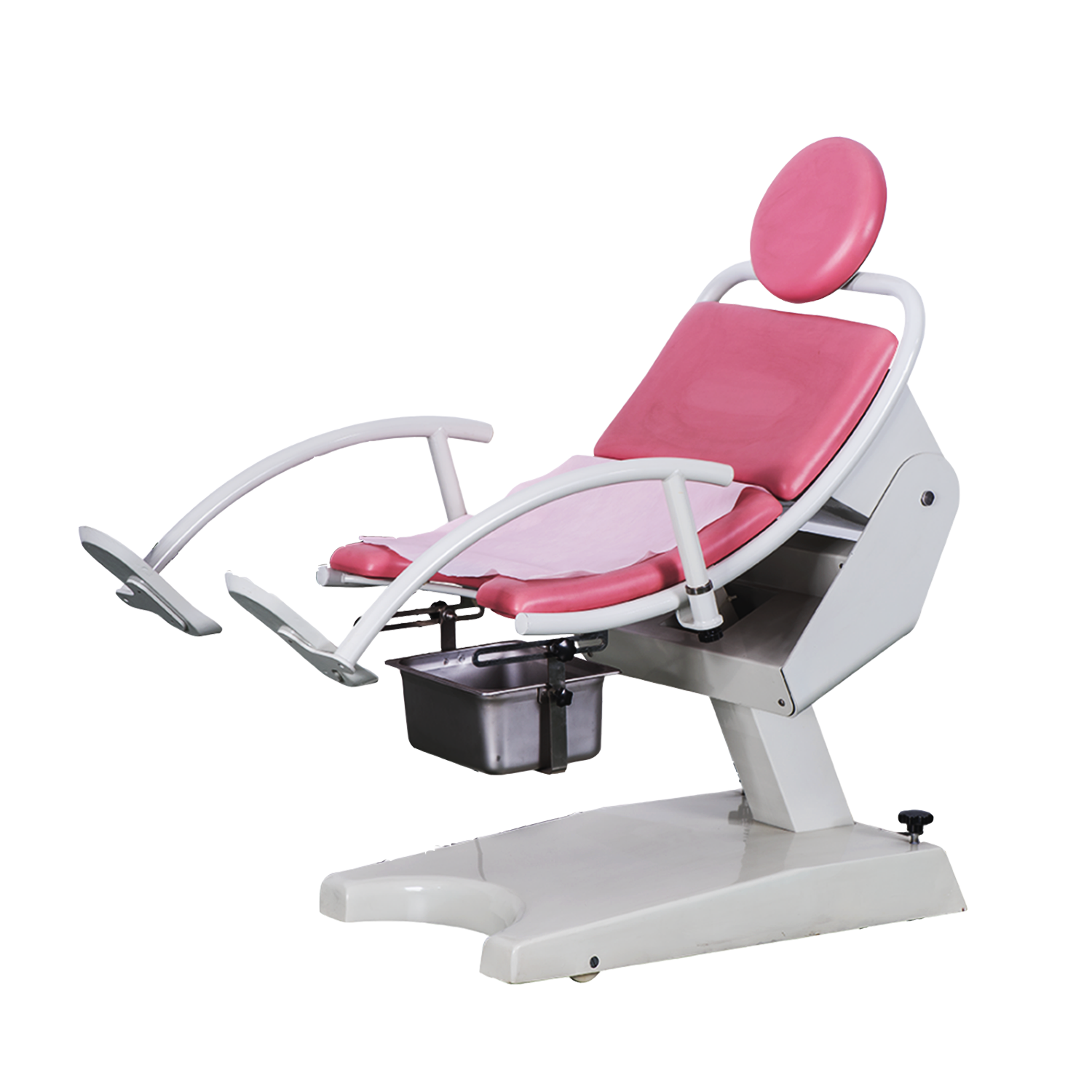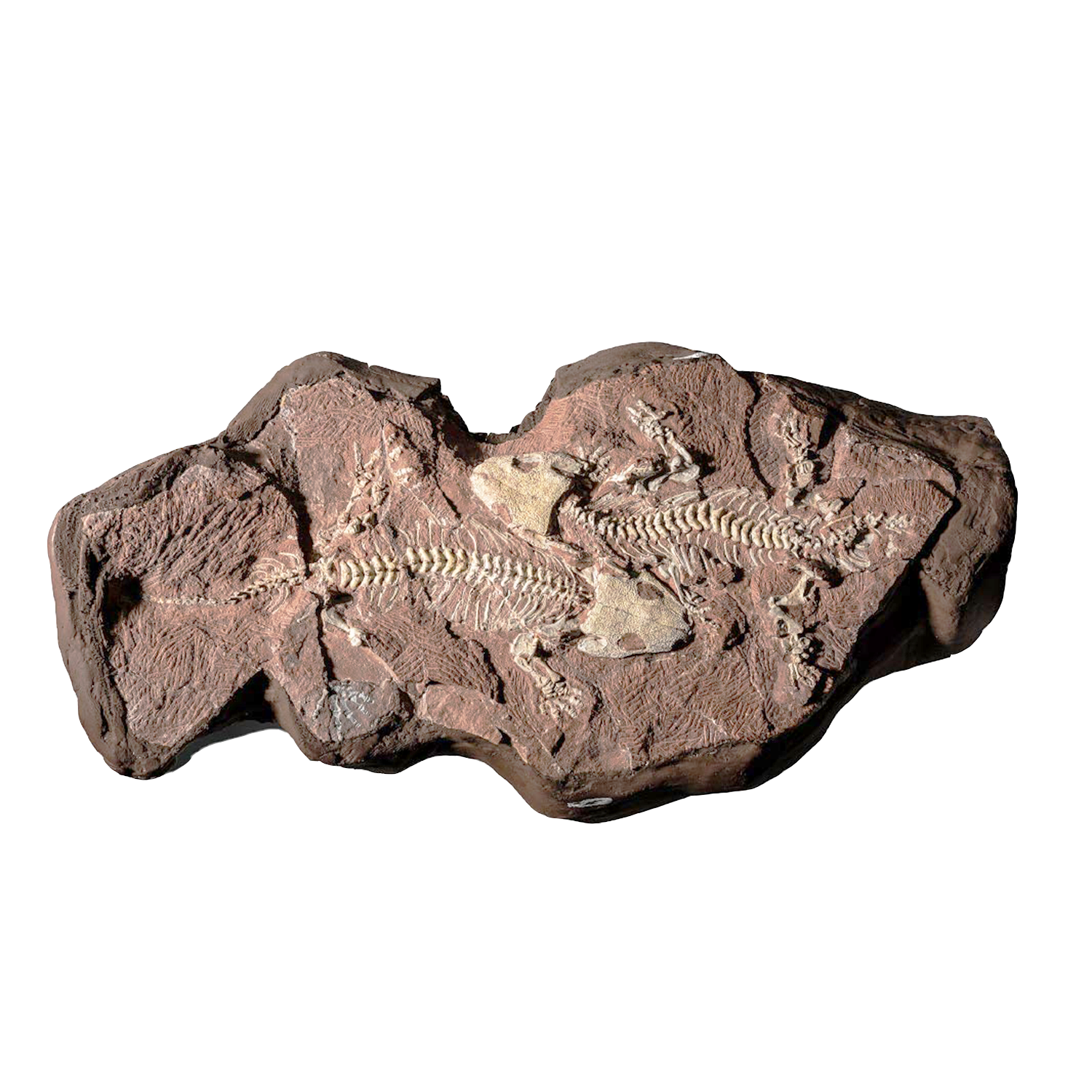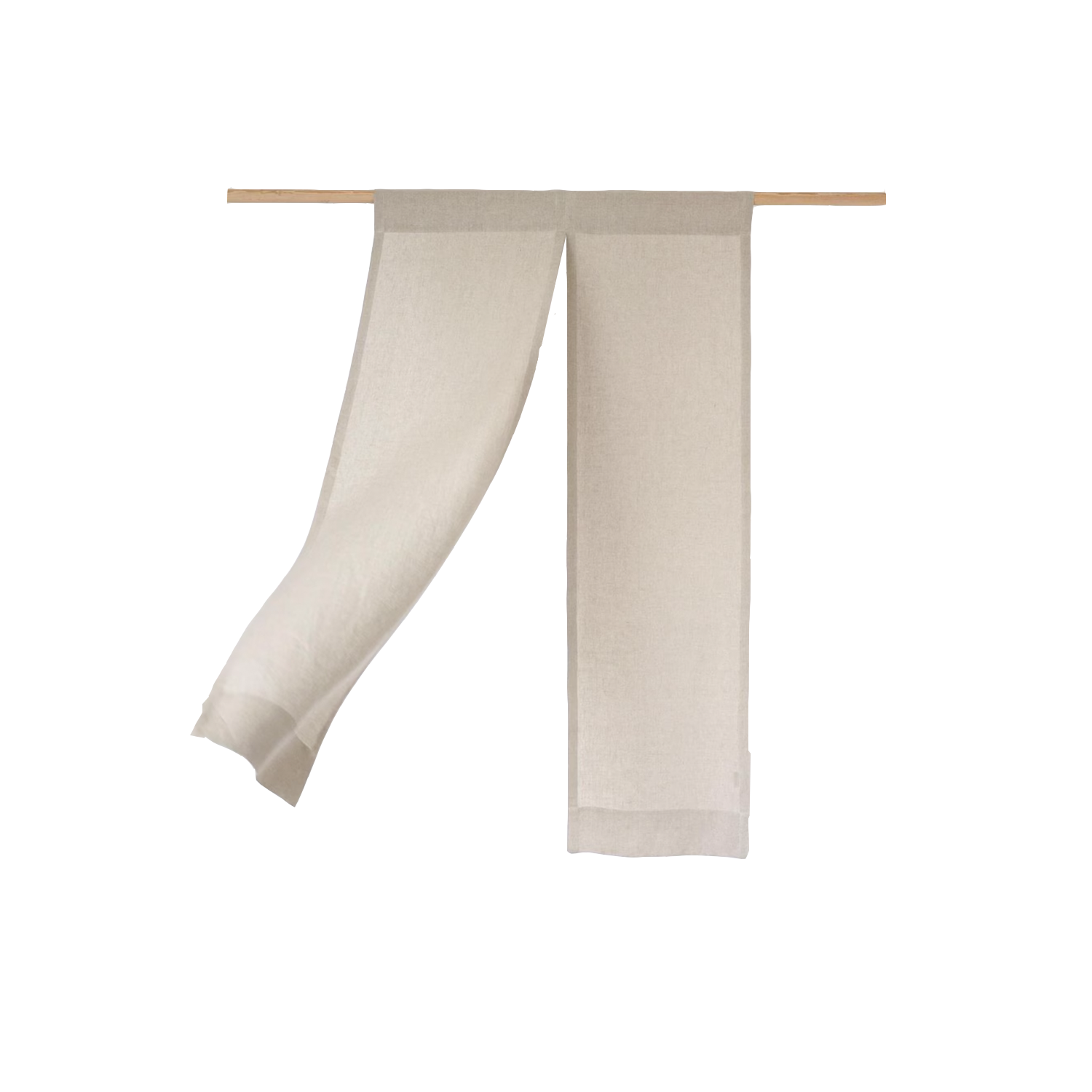THE DETECTION AND EXTRACTION OF SLOW VIOLENCE + THE PARADOX OF DISRUPTION !
Collaborators: Byron Rich, Gaia Leandra, Paula Pin, Amanda Padilla, and Carlos Gamez (MAY-JUNE 2016)
Collaborators: Byron Rich, Gaia Leandra, Paula Pin, Amanda Padilla, and Carlos Gamez (MAY-JUNE 2016)
FINAL INSTALLATION @ THE MEDIALAB-PRADO; MADRID
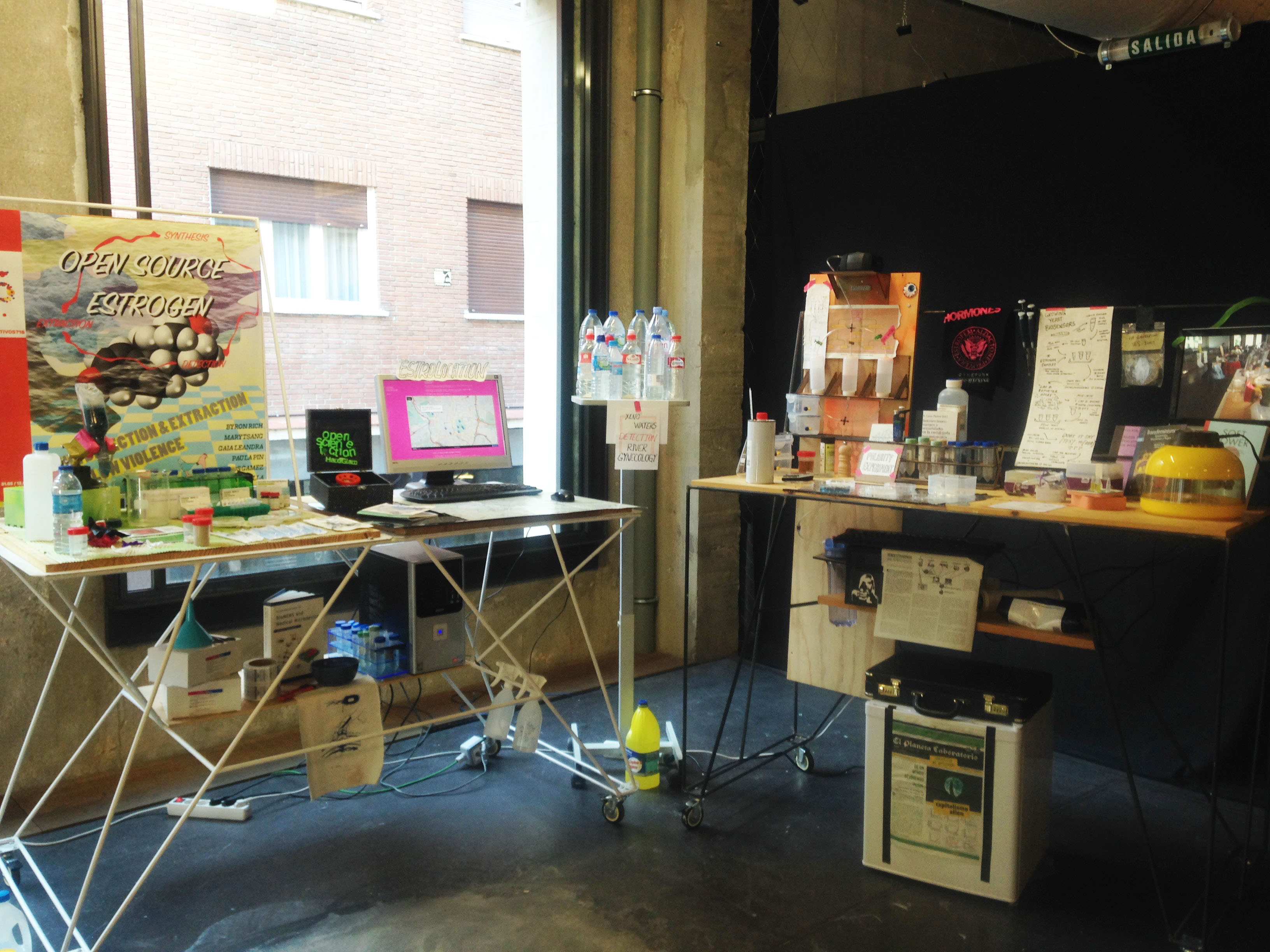
A SUMMARY OF MATERIALS, PROCESS, AND OUTCOME
We developed several low-cost DIY methods and protocols for the extraction and detection of estrogen in the water. We called it SPE-YES: Solid Phase Extraction followed by Yeast Estrogen Sensor. We also conducted several polarity experiments on the solubility of estrogen in order to choose the correct solvent. The chemicals we used were chloroform, acetone, methanol, ethanol, glacial acetic acid, silica gel, and sulfuric acid. A DIY chromatography column was constructed using a broken wine bottle and a table clamp. To perform the yeast experiments were performed using DIY laboratory hardware such as a hacked chicken egg incubator and hard drive centrifuge.
The project started with discussion and research around the politics of estrogen, defining the terms "slow violence" and "paradox of disruption" consolidated into an ESTROZINE. We then created a website (estrolocation.org) where users can identify and contribute data on areas polluted with estrogens. Using the help of local collaborators, we analyzed a map of Madrid to pinpoint possible areas of estrogenic pollution for water sampling. Afterwards, we began experimenting and researching scientific papers for a technique for concentrating the water samples through solid phase extraction (SPE). Finally we used genetically modified yeast called YES-HER (yeast estrogen sensor / human estrogen receptor) that detect estrogen by a yellow color change. This is by far the most lowcost, feasible method for detecting estrogens in the environment.
HERE IS THE 3D CLITORIS BY AMY STENZEL

